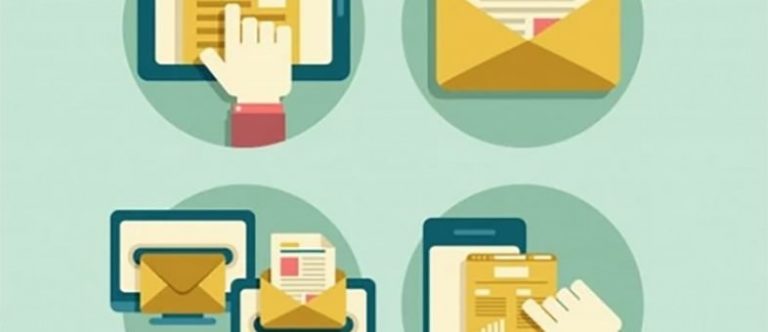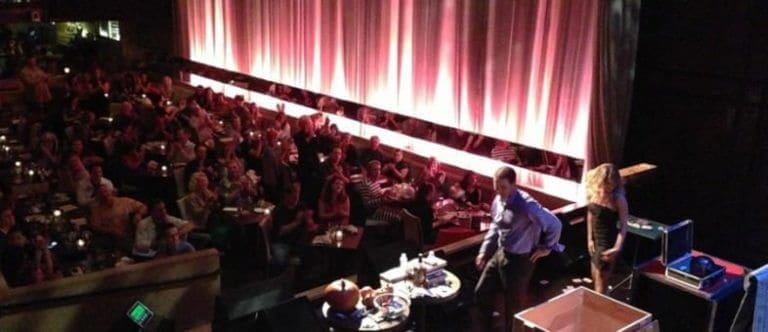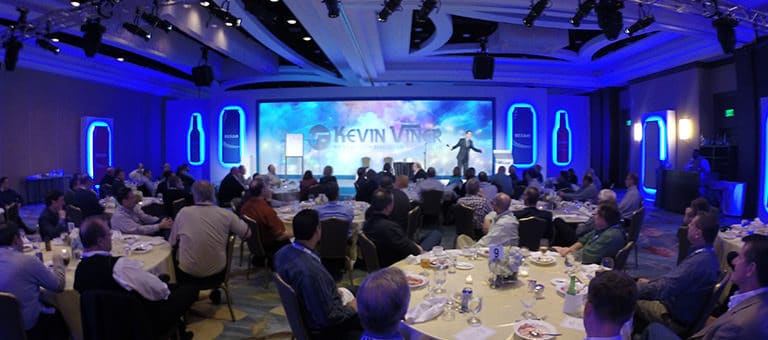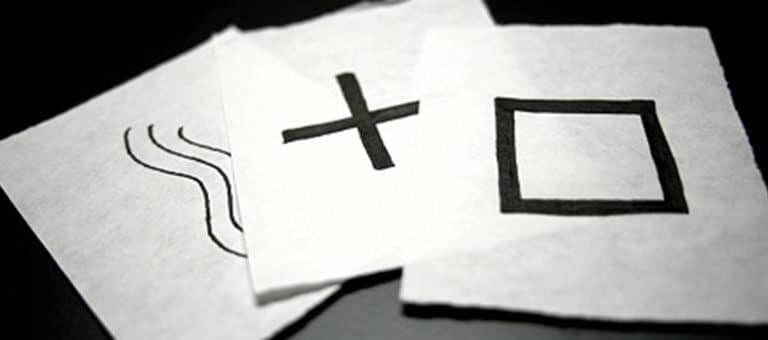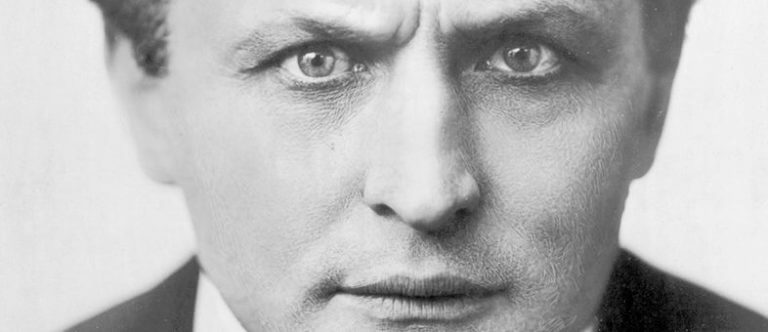The Real Secrets: Improving Your Memory (pt. 1)
“Do you have a photographic memory?” It’s a question that I’m asked after every show, and the simple answer is absolutely not. And gladly so. Here’s a Scientific American article that explores the burden of having a perfect memory:
This month, we’ll explore a method used to memorize lists of information. In future installments, we’ll cover a few more tricks for remembering names, speeches and even where you left the keys (hint: they are probably exactly where they belong — it’s the only place you didn’t check).
Exercise: Take about 45 seconds and look over this list, trying to memorize as many items as you can:
- Leather Jacket
- Pillow
- Business Card
- Television
- Coffee Maker
- Spider Monkey
- Lamp
- Curtain
- Door Handle
- Briefcase
These are all items that are around my hotel room as I’m writing this (except, unfortunately, for the spider monkey). Now, without cheating, try to recite as many of the items from memory as possible. If you’re like most of us, you will get between six and eight of the items correct, but it may take you a while. That’s because the human brain can hold approximately seven pieces of information at a given time in short-term memory. And why remembering a seven-digit phone number isn’t that hard, but remembering a full ten digits becomes a challenge.
By the time you finish what I’m about to teach you, you’ll know this list inside and out, backwards and forwards, AND you’ll even be able to remember it tomorrow. It’s based on the idea that our brain remembers images far better than words and numbers. That’s why stories and plots in films are memorable. They move seamlessly from one idea to the next, creating links and a story that take the viewer on a journey. We’re going to do the same thing with this list.
Start with the leather jacket. See it and involve your senses. What color is it? What does it smell like? How does it feel? Now that you can picture it, we are going to LINK it to the next item on the list, the pillow. But here’s the catch. The jacket needs to AFFECT the pillow somehow. And the crazier and zanier the image, the better. So let’s exaggerate. What if the pillow was humungous and shaped like a person, the jacket went over the pillow to keep it warm. When you try zipping the zipper on the jacket, the pillow starts spilling out all over the place. That’s the kind of detail we want.
Now we link the pillow to a business card. How so? Well, maybe there are thousands of business cards (exaggeration is key), and the huge pillow is trying to gather them all together. It can’t hold them, so it strips off its pillow case and stuffs itself full of business cards (a bit of a silly image, but it does the trick).
Now we link the business card to the television. Take a second and figure out how to do that. I decided that the business card looked like a model of an old TV set, antenna, knobs and all. By pressing a button on the business card, the TV turns on.
On to the TV and coffee maker. Remember, we want to affect the coffee maker with the TV somehow. How might we do that? What if the TV had a specific channel (like QVC) that sold coffee makers and all you had to do was turn the TV to that channel, tip it on its side and coffee would pour out? But the spout was broken so coffee got ALL OVER THE PLACE! Once again, use your senses to see the mess and smell the coffee.
You get the hint at this point, so try the next few on your own without my help. And we are halfway through. So starting at leather jacket, think how easy it is to move from one item to the next mentally!
Spider monkeys don’t typically know how to use a coffee maker. So the Keurig (or whatever brand you like) traps the monkey’s fingers in it. The monkey screams and knocks the hot cup out of the machine, burning its arm. In a fit of uncontrollable rage, the spider monkey starts flailing around uncontrollably and breaks EVERY lamp in the room, putting it into total darkness.
Now we link the lamp to a curtain. Imagine that the curtain in the room is really a giant LED lamp wall, and you use it both to brighten the room AND turn it off for darkness at night. Or imagine that a lamp breaks underneath a 100-foot-tall curtain and starts a fire. Or you could imagine that the lamp has giant legs and runs over to close the curtains because it’s trying to turn off all the lights including itself!
The curtain wraps itself around the door handle so that whenever you shut it, it throws the door wide open. The door looks like a gigantic briefcase, and you notice that when you open it, there are tons of papers and pens inside, like a gigantic version of an attaché case.
So even though that took a while to type, in practice the associations happen instantly. I’ve rehearsed to the point where I can have somebody slowly read me a list, make the associations in real time, and store the information in memory. It’s beyond helpful for grocery lists :). Next month, I’ll explain some other uses for linking.
Now that you’ve read this, try to recall the list.
- Start with the jacket — what is wearing the jacket?
- Now the pillow — what is the pillow stuffing inside of it?
- Now the business cards — what happens when you turn the card “on?”
You should be at 10/10 on this. If you want to take on a challenge, use the linking method to memorize the below list. I’ll explain its significance next month. And if you can get ahead of me and guess, please email me!
- Teacup
- Indian
- US Flag
- Mud Coffee
- Brazil Nut
- Pack of Music Stands
- Niger River
- Bang on a Desk
- Nesting Dolls
- Ramen
- Sombrero
- Phillips Screwdriver
- Eating Opal
- Vietnam War
- Pyramid
- A Turkey
- Hefeweizen Beer
- Running Quickly
- Gorilla
- Tying Shoes
Have fun and practice!
Kevin Viner
I’m a professional mentalist who travels the world performing. Beyond my profession, my interests include writing music, guitar, aviation, martial arts, and mathematics.

